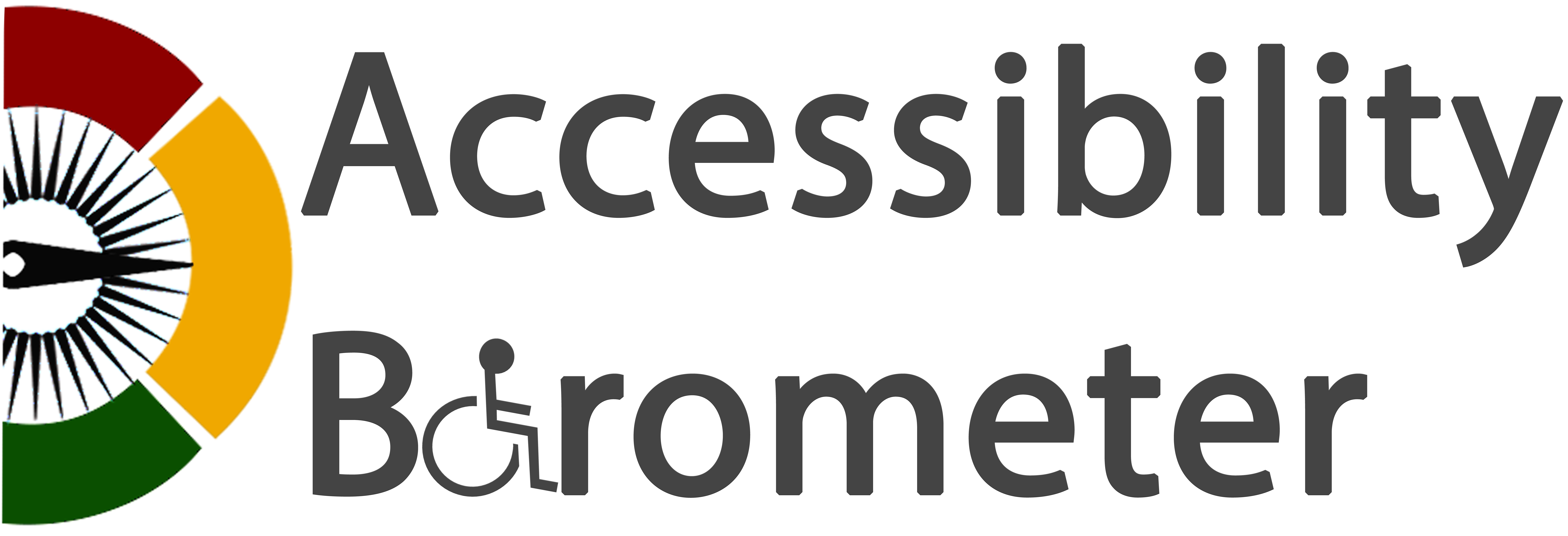Table of Contents
- Why is it important?
- Low-Tech Assistive Technologies
- High-Tech Assistive Technologies
- Software-Based Assistive Technologies
- Selecting the Right Assistive Technology
- Conclusion
- Sources
Why is it important?
Low-Tech Assistive Technologies
Low-tech AT includes simple, non-electronic tools that assist in communication. These tools are cost-effective and easy to use, making them accessible options for many individuals.
- Picture Boards: Users point to images representing words or phrases to convey messages.
- Communication Books: Personalized books containing symbols or pictures tailored to the user’s needs.
- Alphabet Boards: Allow users to spell out words by pointing to letters.
Source: Bing Images
High-Tech Assistive Technologies
High-tech AT involves electronic devices with advanced features:
- Speech-Generating Devices (SGDs): Devices that produce spoken language based on user input, which can be through typing or selecting symbols [1].
- Eye-Tracking Systems: Enable users to control a computer or communication device using eye movements, ideal for individuals with limited motor skills [2].
- Brain-Computer Interfaces (BCIs): Emerging technologies that interpret brain signals to control external devices, offering potential communication solutions for individuals with severe impairments [3].
A young woman with a disability using a speech-generating device that converts text input into spoken words, enabling her to communicate effectively.
Source: …
Software-Based Assistive Technologies
Software solutions can be installed on various devices to aid communication:
- Text-to-Speech Applications: Convert written text into spoken words, assisting those who can type but not speak [1].
- Speech Recognition Software: Transcribes spoken words into text, beneficial for individuals whose speech is understandable but who cannot use traditional input devices [4].
- Augmentative and Alternative Communication (AAC) Apps: Applications that offer customizable interfaces with symbols and text-to-speech functions, accessible via tablets and smartphones [5].
Source: Bing Images
Selecting the Right Assistive Technology
Choosing the appropriate AT requires a comprehensive assessment by professionals, considering factors such as the individual’s specific needs, abilities, and daily environments. Collaboration among speech-language pathologists, occupational therapists, and the users themselves ensures that the selected technology effectively enhances communication [2].
Source: Bing Images
